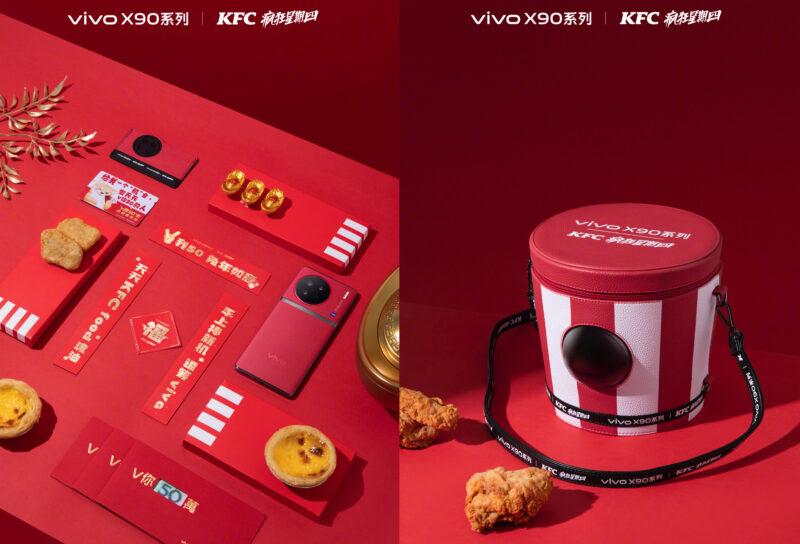In 2022, the Chinese pre-cooked meal market was valued at 419.6 billion RMB ($62.4 billion) and saw an increase of 21.3% yearly. It is expected to maintain a stable annual growth rate with the possibility of reaching a record 1,072 billion RMB ($159.5 billion) by 2026, as per a report published by iiMedia Research.
The responsibility of preparing a feast on Chinese New Year’s Eve has been falling more on the shoulders of the younger generations, but previously their elderly relatives would have done the cooking. Considering that the majority of this age group are not good at cooking, this has catapulted pre-cooked cuisine to be the ideal alternative, with its total number of orders surging by 500% last year.
Pre-cooked food has also been considered relatively healthier compared to regular takeaways, especially for consumers who live a hectic lifestyle in China. It’s reported that pre-cooked meals are mainly purchased by married consumers who represent 74%, while up to 67% of users are living in Tier-1 and Tier-2 cities, with the market largely driven by groups aged between 21 to 30 years old.
Apart from the catalyst of the upcoming Chinese New Year, the same report found that growing sales of pre-cooked meals can also be observed on other special occasions such as National Day.
Pre-cooked cuisine is divided into different categories based on their ingredients and cooking method, with some ready to be served instantly whilst others require further assembly. It is apparent that pre-cooked meals enable users to bypass hours of preparation and piles of washing up, whilst still being able to enjoy authentic dishes.
On top of that, dining in at restaurants was not allowed during the country’s years-long self-imposed COVID restrictions. This led to the rapid development of the premade food market as it effectively minimised the impact of a restaurant’s loss as well as its operating cost.
As such, more and more food companies are eyeing the pre-cooked dish industry. JD supermarket, which is a subsidiary of JD.com one of China’s largest online retailers, invested heavily in its pre-cooked cuisine sector, with more than 400 food brands involved and sales increasing 160% year-on-year.
Chinese cuisines vary from city to city, offering a rich number of choices for consumers as well as extremely lucrative opportunities for food giants. Despite the optimistic outlook of the pre-cooked meal industry, a few hurdles including cold supply chain technology still need to be enhanced, as it goes without saying that keeping the food fresh and full of flavour is of the utmost importance.
Of the factors listed above combined with heightened interests from young consumers and restaurants seeking new growth in the post-pandemic era, food market players are rushing to tap into the industry, indicating an overall bright future for the pre-cooked food market which goes beyond sales surging during special occasions.









